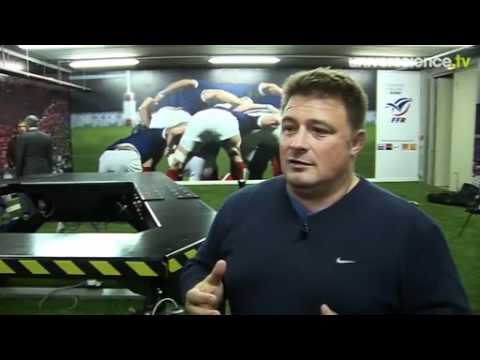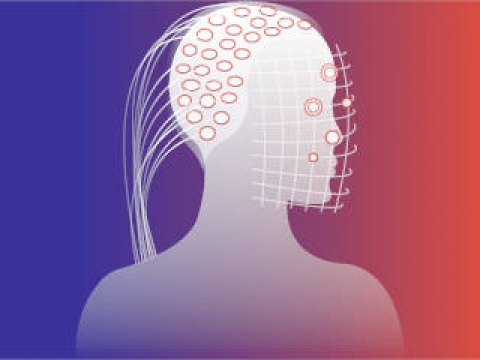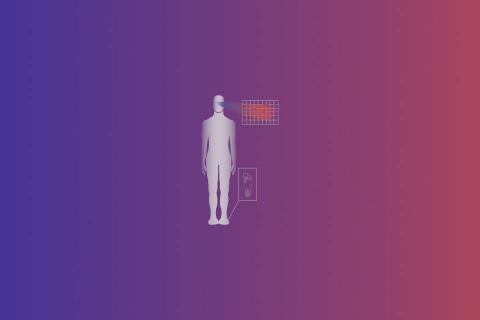Mental load and complex human-machine interfaces
Scientific leaders
Presentation of the thematic area
This research team contributes to the development of methods and tools to quantify the sensorimotor and cognitive behavior of the operator of complex human-system interfaces, but also his mental load.
After having designed a robot to train the forwards of the French rugby team, the researchers are currently working on the behavior of the helicopter pilot in collaboration with Airbus Helicopters and TTS Thales AVS France Training & Simulation. The objective of this study is to specify how to evaluate in real time, during operational missions, the psychophysiological state of the pilot in order to take into account this dimension in piloted simulation. Indeed, the designer of the Human System Interface (HSI) often fails to take into account the variable parameters of the pilot's workload and stress. However, the level of each of them has an important influence, which can often be detrimental to his performance. The results obtained will later contribute to the design and certification of the cockpit of the future (IKKY project).
Key words
Human machine interface; Avionics; Mental load; Oculometry; Motor control; Psychophysics; ECG; Manipulandum; Skin conductance.
Key facts
- Design of a recorder (Quantico industrial chair) capable of collecting several dozen humans neurophysiological variables in a perfectly synchronized manner, at a reasonable cost. First developed to collect physiological variables in a noisy environment (the cockpit of a helicopter simulator), this recorder is now successfully used in anesthesia-resuscitation to monitor patients, and is being miniaturized for ambulatory use.
- Progress on the man-machine interface: the team was able to simultaneously record, on a helicopter simulator, the variables that characterize the flight, the physiological parameters of the pilot and especially, which is innovative, the instruments that he handles. From these variables, the interactions between the pilot and the machine were described in detail (gestures, gaze, neurovegetative variables that characterize his stress...). This study has allowed a first modeling of the mental load of the pilot.
- Collaboration with Thales and the French rugby federation: in 2011, the team developed a scrum simulator for the French national team, which enabled them to reach the final of the last World Cup. It also placed GPS in the players' jerseys to quantify their movements on the field online, regardless of the sport. The robot-simulator has recently been modified to allow it to move forward or backward over a distance of several meters, which opens up new study perspectives.
Applications
- Quantification of normal and pathological human behavior
- Training of operators of complex human-system interfaces
- Individual longitudinal follow-up of operators of complex human-system interfaces
- Re-education of people with sensorimotor deficits
- Individual longitudinal follow-up of people with sensorimotor deficits
Interactions with other themes of the Centre Borelli
Rugby : a scrum more real than life
Rugby : une mêlée plus vraie que nature




